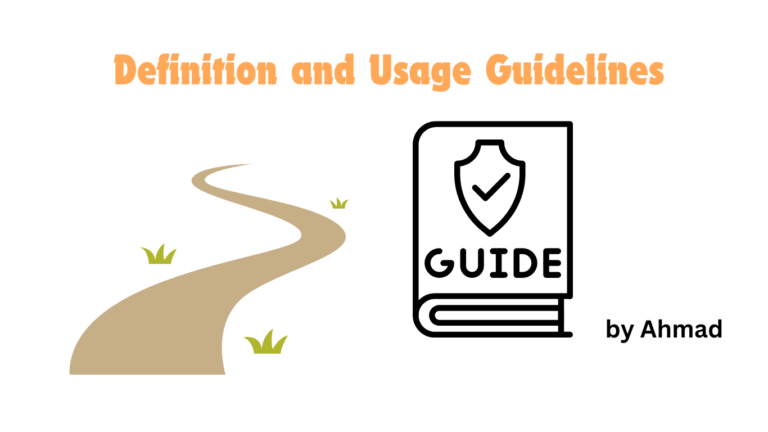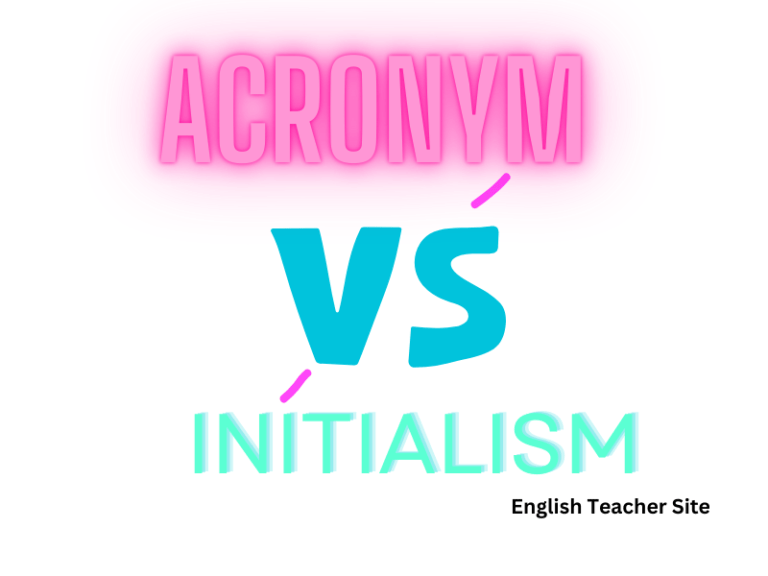PS Meaning: How to Use Postscript Effectively in Text Messages and Emails

- “PS” stands for “postscript,” which means additional text added after the main body.
- Postscripts are a holdover from written letters, adapted for modern digital communication.
- Using “PS” properly is a valuable tool for emphasizing specific information or personal details.
The term “PS” is an acronym for “postscript,” originating from the Latin term “post scriptum,” which means “written after.” This abbreviation has become a universally recognized mark for adding additional comments or thoughts after the main body of a text or correspondence. Understanding how to use “PS” correctly enhances the clarity of communication in both personal messages and professional correspondence.
In written text, incorporating “PS” is a way to include an afterthought or an extra piece of information without revising the entire message. This tradition dates back to handwritten letters where including a “PS” was a practical solution to include late additions. Today, we continue to feature “PS” in emails, texts, and even informal notes, despite the ease of editing digital communications. Using “PS” properly can contribute important details, provide emphasis, or even inject a personal touch at the end of any form of written communication.
Ps Meaning: How to Use in Text
The term “Ps” is an abbreviation that stands for postscript, tracing back to the Latin term post scriptum, which translates to “written after.” A postscript is a note added to the end of a document, typically after the main body of the text and following any signatures. In texts, it’s used to include additional thoughts or afterthoughts that one did not include in the main content.
When utilizing “Ps” in texts, it follows these simple guidelines:
- Capitalization: “Ps” should always be capitalized whether you choose to punctuate it as “PS” or “P.S.”
- Placement: It appears after the main body of the text or signature, set apart for visibility.
- Content: The information added as a “Ps” should be brief and directly related to the text but not crucial enough to be included in the main body.
Here’s a practical structure:
Main Body of the Text
Sincerely,
[Your Name]
Ps: [Your additional message]
The addition of “Ps” stands out and captures attention, signaling that the reader should note the additional information. While traditionally associated with handwritten letters or printed documents, “Ps” has found its way into digital communication, such as emails and text messages, allowing for a casual, yet effective manner to add secondary information.
For further details on the origin and current use of “Ps,” one may refer to Grammarly and Mailchimp, which offer comprehensive explanations and examples.
Where does Postscript come from?
The term Postscript originates from the Latin expression postscriptum, which can be translated as “written after.” This expression has a historical background anchored in the era when handwritten correspondence was prevalent.
The concept is simple: after the main body of a letter was completed, and the writer had signed off, there was often a need to add an extra thought or piece of information. The practical solution was to include a postscript. It denotes additional content that comes after the main message and signature in a letter or document.
Postscripts were particularly useful during times when rewriting the entire document to include the new information was impractical or impossible. With the advent of digital communication, the functional necessity of a postscript has reduced, yet it still remains as a stylistic or rhetorical device, serving to emphasize a final point or to include an afterthought.
Here is how it typically appears:
- Main body of the letter
- Signature
- P.S. Additional message or afterthought
Even in modern email communication, a postscript might be employed to highlight a particular piece of information, to add a personal touch, or to introduce a final comment that was not included in the main content. Despite the evolution of communication methods, the essence of the postscript remains as a means to convey a concluding remark or additional thought.
How to correctly write Postscript “PS”?
In written communication, the correct usage of Postscript, abbreviated as PS, is an essential skill. A PS is traditionally placed after the main content and signature in a letter or email to add additional information.
To use PS in a letter or an email:
- Begin with PS directly below your signature.
- Follow it with a colon PS: or without any punctuation PS.
- Write your additional message or thought, ensuring it is brief and relevant.
Note: Consistency is vital. Choose either to use PS or P.S. and stick with it in all your correspondence.
In emails:
- The use of PS indicates a more casual tone.
- It should still relate to the content of the message or provide pertinent information.
- Keep the postscript brief and to the point.
The postscript also serves as a tool to emphasize something that might have been buried in the main content or as a personal note that adds a touch of personality to your message.
Here’s an example of proper usage:
Best Regards,
John Doe
PS: Please bring the report to tomorrow's meeting.
For more examples and detailed explanations, refer to the guidelines outlined by Indeed and Grammarly.
A correctly used PS can effectively capture the reader’s attention for any last-minute additions or noteworthy points that might otherwise be overlooked.
The Purpose and Origin of ‘PS’
The phrase ‘PS’ is rooted in Latin and has been adapted into modern communication to present extra information or afterthoughts clearly.
Historical Context
Derived from the Latin phrase postscriptum, which stands for “written after,” ‘PS’ was commonly used in handwritten letters to add additional remarks or thoughts after the main body of the letter was concluded. This tradition carried over into typewritten correspondence as well, ensuring that last-minute thoughts could still be included without the need to rewrite the entire document.
Modern Usage Across Communication Platforms
In today’s digital era, ‘PS’ maintains its role as a tool for appending afterthoughts or postscripts in various forms of electronic communication. People frequently utilize ‘PS’ in emails to convey additional information not covered in the main content. Beyond email, this concept has also found its way into social media, text messaging, and instant messaging. Email marketing strategies often employ ‘PS’ to highlight promotional content or calls to action, making it an effective element in personal and professional communication.
Examples of “PS” in Writing
The usage of “PS” in writing has a rich history and is typically employed to introduce a final point or thought after the main message has been concluded. Below are some examples illustrating how “PS” can be effectively used:
- Formal Correspondence: In a formal letter, one might use “PS” to add information that was omitted earlier. For example, “Thank you for your consideration. PS: Please note that the attached files are confidential.“
- Books and Novels: Authors sometimes use “PS” as a tool for adding quirky or additional insights. For instance, an epilogue could start with, “PS: The protagonist’s journey didn’t end here.“
- Emails: In the digital age, “PS” maintains relevance, especially in emails, where it might be used to add a personal touch or a reminder. Example: “Looking forward to your feedback. PS: Don’t forget the meeting is moved to 10 AM.“
Here is a simple structure to illustrate the placement of “PS” in a written format:
[The Main Body of the Text]
PS: [Postscript content]
- Marketing Materials: Companies use “PS” in marketing to emphasize a call to action or a special deal. A flyer could end with, “PS: Offer valid until the end of the month!“
It is crucial to remember that “PS” is informal by nature and should be used judiciously to convey important but non-critical information that complements the primary message.
Source
My name is Khamis Maiouf. I am the creator of the English Teacher Site, dedicated to providing valuable resources and insights for students around the world. With a passion for education and a commitment to helping students enhance their skills, I aim to make English teaching more effective and enjoyable for both educators and students.






